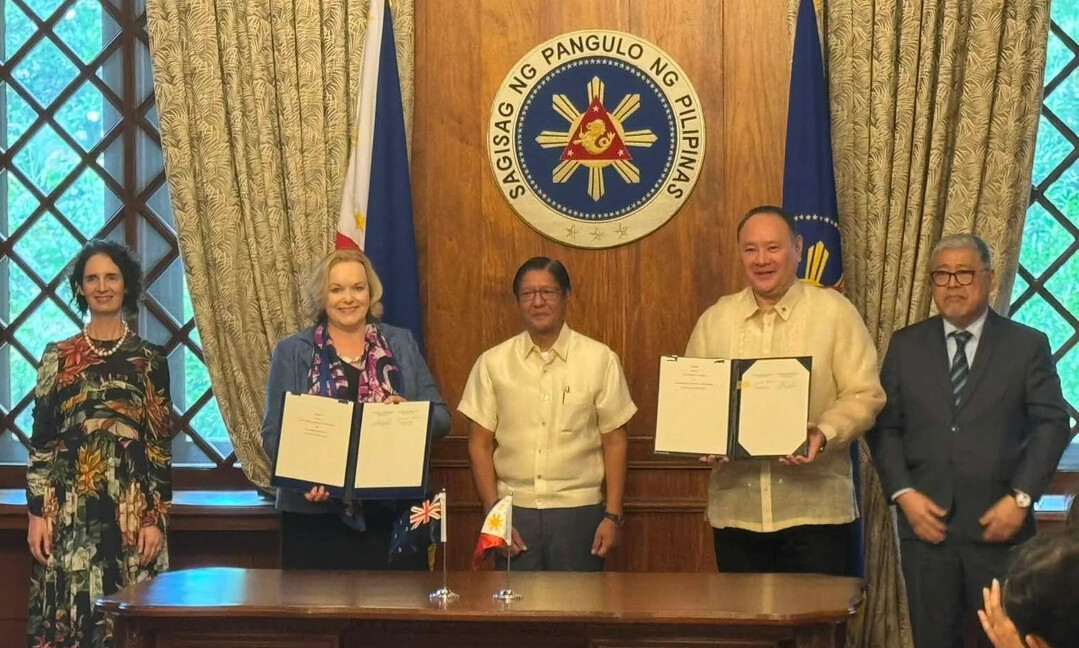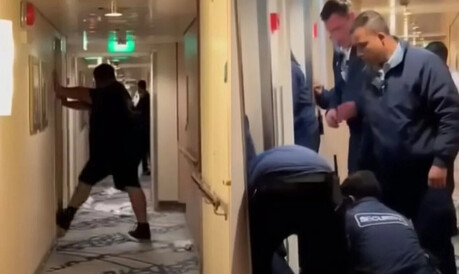
MANILA, Philippines – New Zealand and the Philippines have elevated their defense relationship by signing a Status of Visiting Forces Agreement (SOVFA), enhancing mutual military cooperation. The agreement, signed in late April 2025 in Manila by Philippine Secretary of National Defense Gilberto Teodoro Jr. and New Zealand Minister of Defence Judith Collins, is expected to facilitate the reciprocal presence of both nations' armed forces. It will also accelerate joint training, exercises, and humanitarian assistance and disaster relief (HADR) cooperation, significantly improving interoperability.
Reaffirming Commitment to Regional Stability and International Law
Philippine National Security Adviser Eduardo Año emphasized in a statement that "this agreement is not aimed at any specific country, but rather clearly affirms the commitment of the Philippines and New Zealand to international law, freedom of navigation, and the peaceful resolution of disputes." This statement is interpreted as a reaffirmation of the importance of international law amidst growing regional concerns over China's assertive actions in the South China Sea.
New Zealand's Defence Minister Collins also remarked, "This agreement reflects the strength of the New Zealand-Philippines relationship, and defense is a core component of that." She added, "Our armed forces already cooperate closely, and this agreement will create conditions for even more seamless cooperation in the defense sector," expressing a desire to further solidify the existing cooperative relationship between the two nations.
Enhanced Security Cooperation in the South China Sea
The agreement garners further attention as it was signed amid escalating Chinese territorial claims in the South China Sea. China asserts sovereignty over most of the South China Sea, but an international arbitration tribunal ruled in 2016 that these claims had no basis in international law. Despite this, Chinese Coast Guard vessels continue hostile acts, including collisions, water cannon attacks, and aiming military-grade lasers at Philippine vessels legitimately operating within the Philippines' Exclusive Economic Zone (EEZ).
Notably, in September 2024, New Zealand participated in its first maritime exercise in the South China Sea alongside Australia, Japan, the Philippines, and the United States, officially signaling its interest and involvement in regional security. This indicates New Zealand's growing recognition of the strategic importance of the South China Sea issue. The Philippines initiated international arbitration in 2013 due to persistent Chinese EEZ intrusions, and Brunei, Malaysia, and Vietnam also face territorial disputes in the South China Sea.
After the signing ceremony, Philippine Secretary of National Defense Teodoro stated, "Peace is best supported by resilience and deterrence. For example, China's way of asserting its claims is particularly aggressive. These unwanted actions must be deterred." This reconfirmed a firm stance against China's aggressive behavior and underscored the need to strengthen alliances and partnerships to deter such actions.
Philippines' Firm Response to China's Aggressive Actions
In late April 2025, tensions between Beijing and the Philippines flared again when China hoisted its flag on Sandy Cay and spread false claims of sovereignty over three uninhabited sandbars in the South China Sea. Manila criticized this incident as a clear example of the Chinese Communist Party manipulating information to make it appear as though Beijing controls essential parts of Philippine territory.
Secretary Teodoro mentioned that the Philippines would continue to build security alliances to deter Chinese aggression. He emphasized that China's hostile actions should be considered a global threat as they could ultimately restrict freedom of navigation in the South China Sea. These remarks are interpreted as an expression of the Philippines' steadfast commitment to upholding multilateral cooperation and adherence to international law in resolving the South China Sea issue.
Expanding the Philippines' Visiting Forces Agreement Network
The Philippines already has Visiting Forces Agreements with Australia and the United States, and a similar agreement with Japan is currently awaiting approval from the Japanese parliament. Secretary Teodoro also stated that a SOVFA with Canada is expected "very soon." Furthermore, France and the Philippines reportedly began negotiating an agreement in May 2024, demonstrating the Philippines' diversification of military cooperation with key regional and international partners.
This expansion of Visiting Forces Agreements signifies the Philippines' enhanced solidarity with the international community to safeguard its territorial integrity and sovereignty. Particularly amidst increasing regional security instability, the Philippines is pursuing a strategy to strengthen its defense capabilities and establish a stable security environment through cooperation with not only traditional allies but also new partners.
Cooperation Aligned with New Zealand's Defense Strengthening Plan
The New Zealand-Philippines Visiting Forces Agreement was signed just weeks after New Zealand released its 2025 Defense Capability Plan. This plan allocates $7 billion (approximately 10 trillion KRW) over the next four years to modernize its military, hinting at New Zealand's intention to expand its security role in the Indo-Pacific region. This is seen as a strategic direction for New Zealand to increase its contributions to regional security through increased defense investment and achieve common security goals through cooperation with key partners like the Philippines.
This agreement, coinciding with the tensions in the South China Sea, is expected to bring significant changes to the security landscape of the Indo-Pacific region. The enhanced military interoperability between New Zealand and the Philippines will boost regional security capabilities and strengthen the collective efforts of regional nations to uphold a rules-based international order. This is ultimately expected to contribute to the peace and stability of a free and open Indo-Pacific.
[Copyright (c) Global Economic Times. All Rights Reserved.]




























